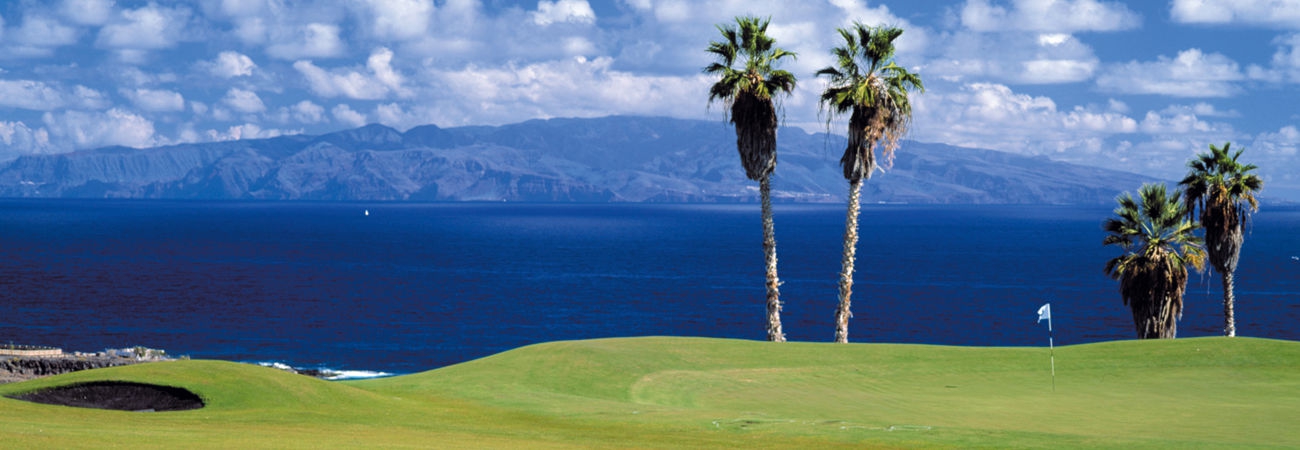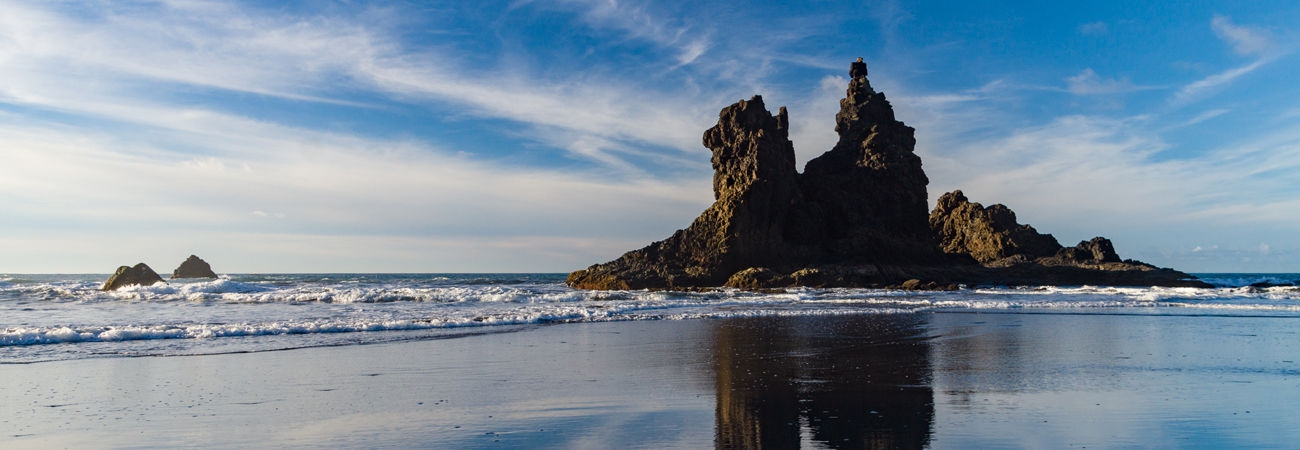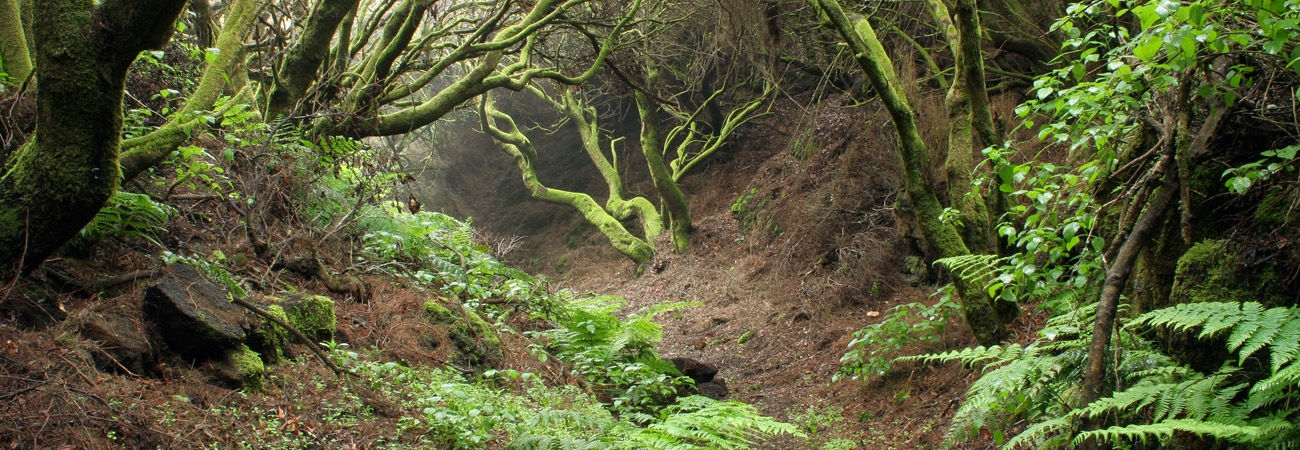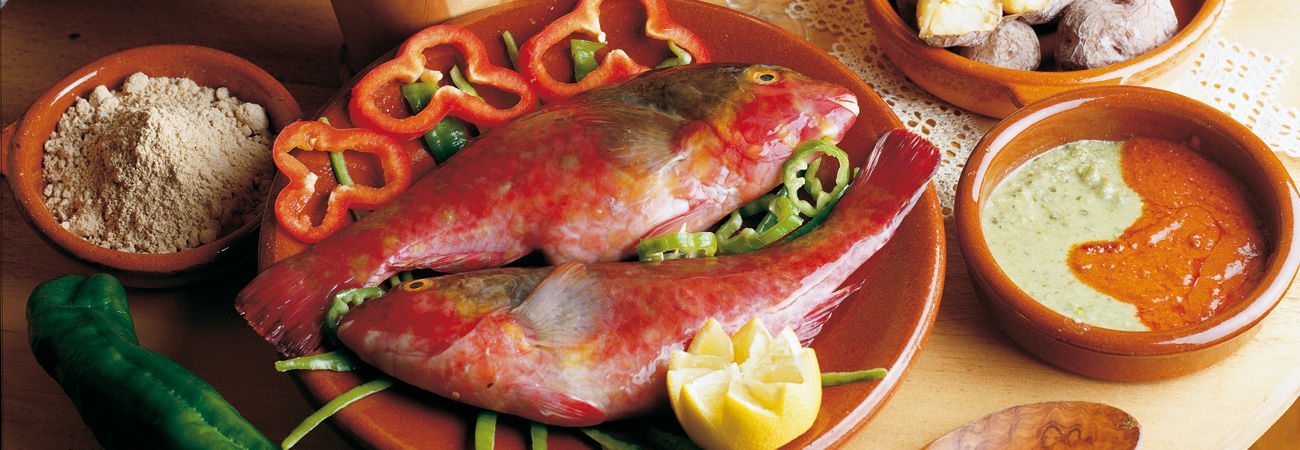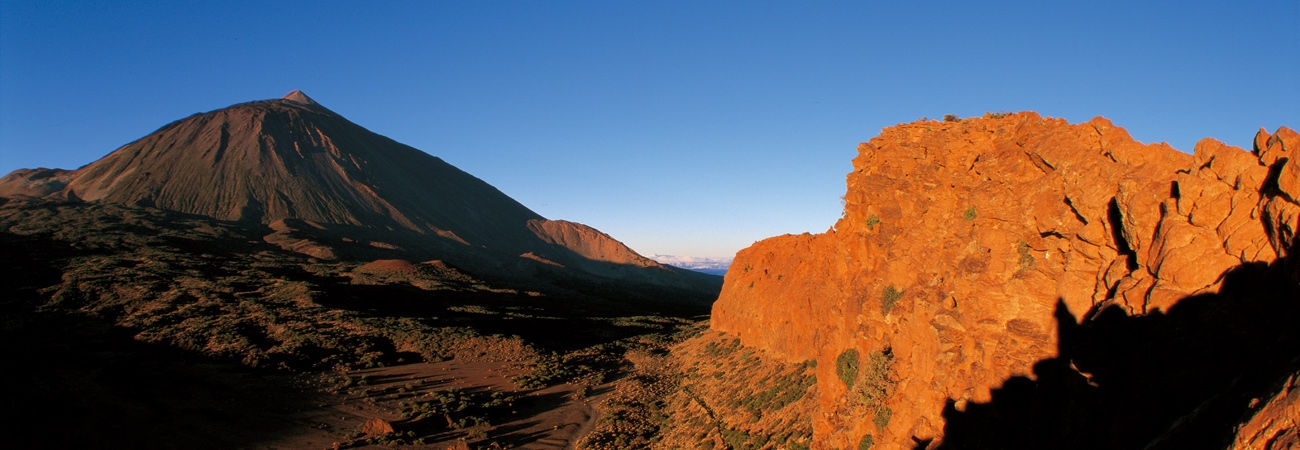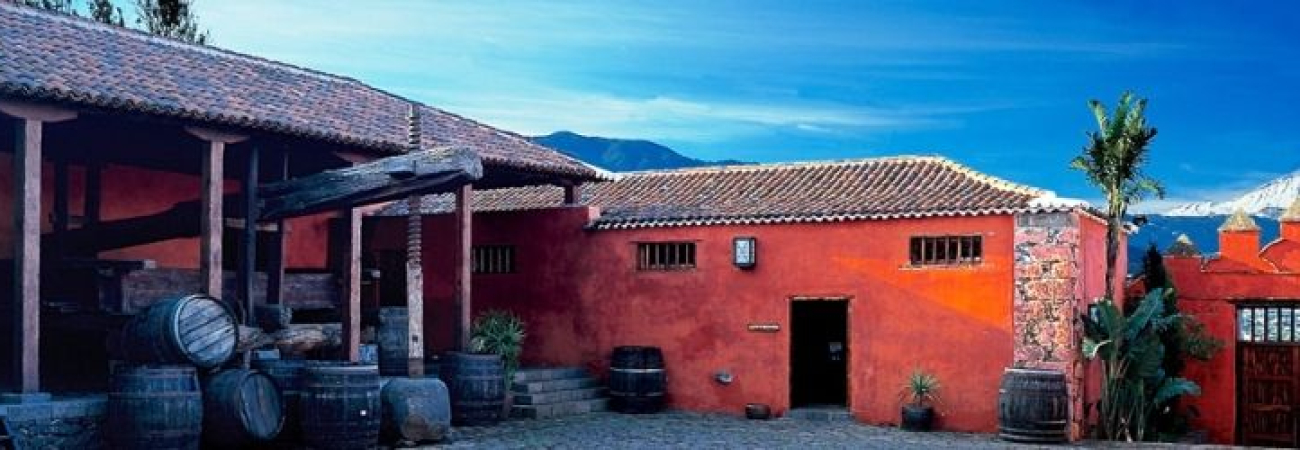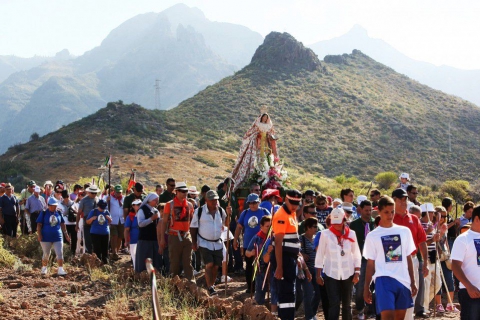Rogation of the Virgin of the Incarnation (Adeje)
The traditional Rogation of the Virgin of the Incarnation takes place every year, coinciding with the third Sunday of Easter. With this Rogation, the people of Adeje keep the promise they made to the patron saint more than 300 years ago.
From 9 am, pilgrims assemble in the Santa Úrsula Church, in Adeje town centre, where they commence their journey next to the venerated statue.
During the journey several stops are made for musical offerings and to read passages from the Bible. The procession passes through the streets of Adeje, crossing the bridge over the motorway, before going through the Portón de la Virgen arch and continuing the journey down the traditional path, Camino de la Virgen, over the red rocks which still bear the tracks of the carts used long ago. After stopping in Era, the statue will be received by the statue of Saint Sebastian at the entrance to El Humilladero, where the statue of the Virgin was found according to tradition. Finally, both statues will enter the Church together where the Eucharist will take place.
The Rogation is a tradition which dates back to the 16th Century, when Pedro de Ponte decided to move the statue of the Virgin to the Santa Úrsula Church, to protect her from raids by the pirates in this area of the Adeje coast. The residents at the time, who did not agree with the decision, promised to take her back to her first place of dwelling every year on the day of her celebration.
The tradition endured throughout the years, during which besides keeping their promise, the people of Adeje asked the Virgin to protect them from plagues, disease and famine, as stated in the Book of Miracles of Our Lady of the Incarnation in the Parish Archives of the Santa Úrsula Church in Adeje.
The origin of the primitive statue of the Virgin of the Incarnation dates back to the first years of the conquest of Tenerife and the subsequent colonisation of the area. The statue appeared in a coastal area of La Enramada, where it was first worshipped.










